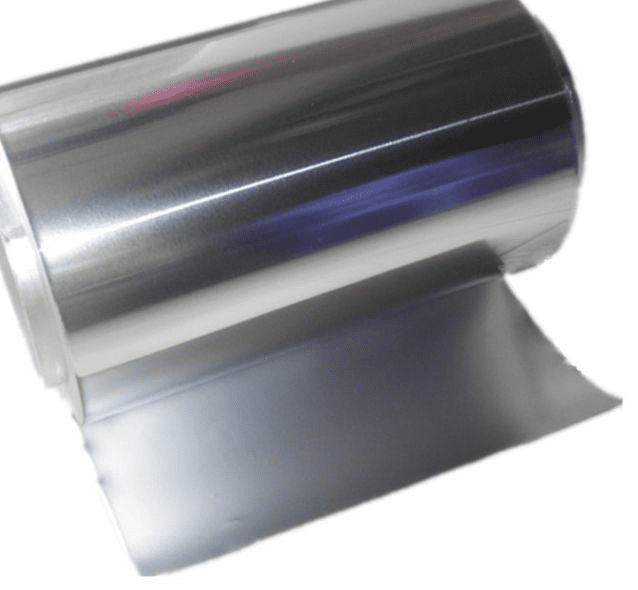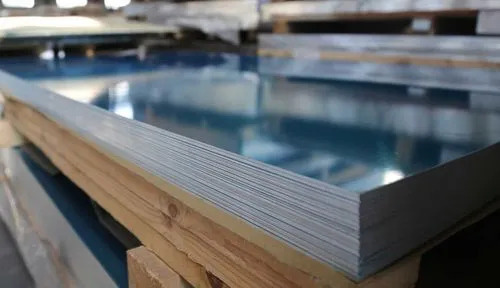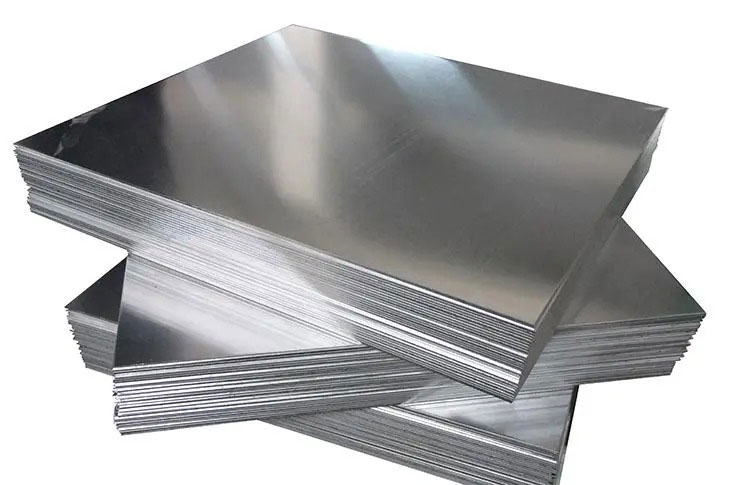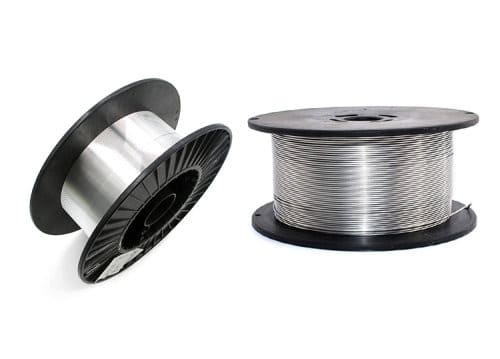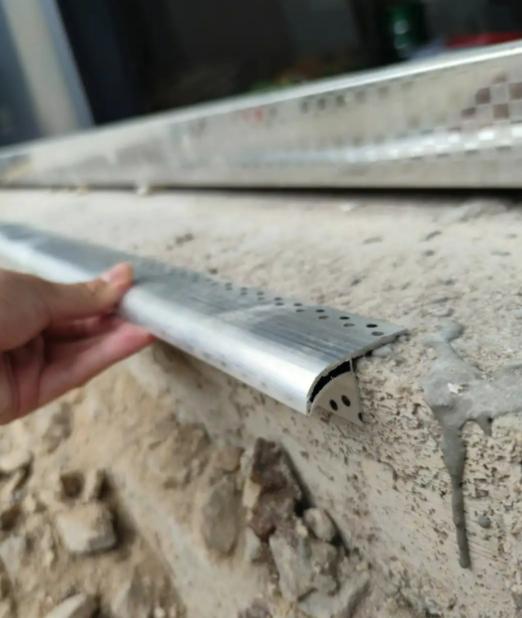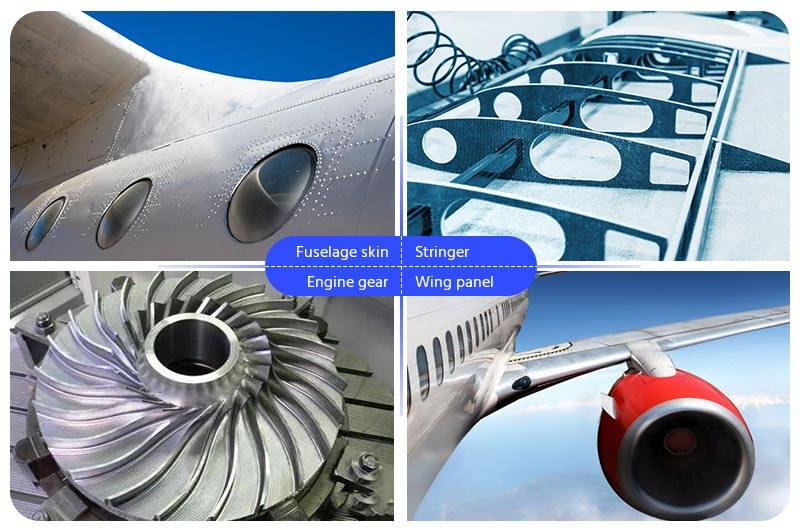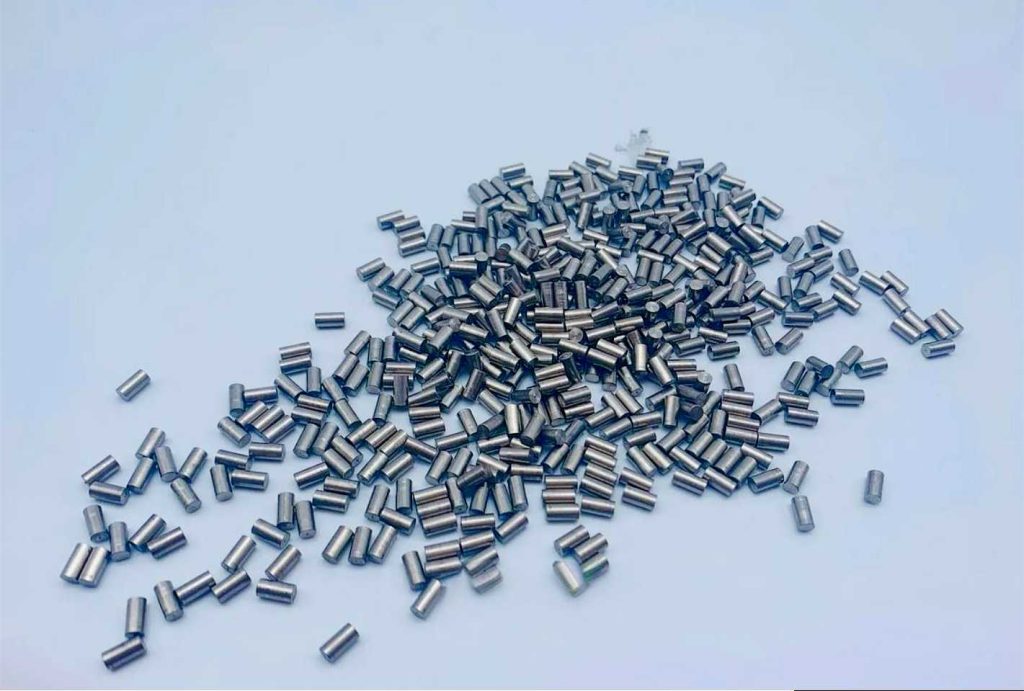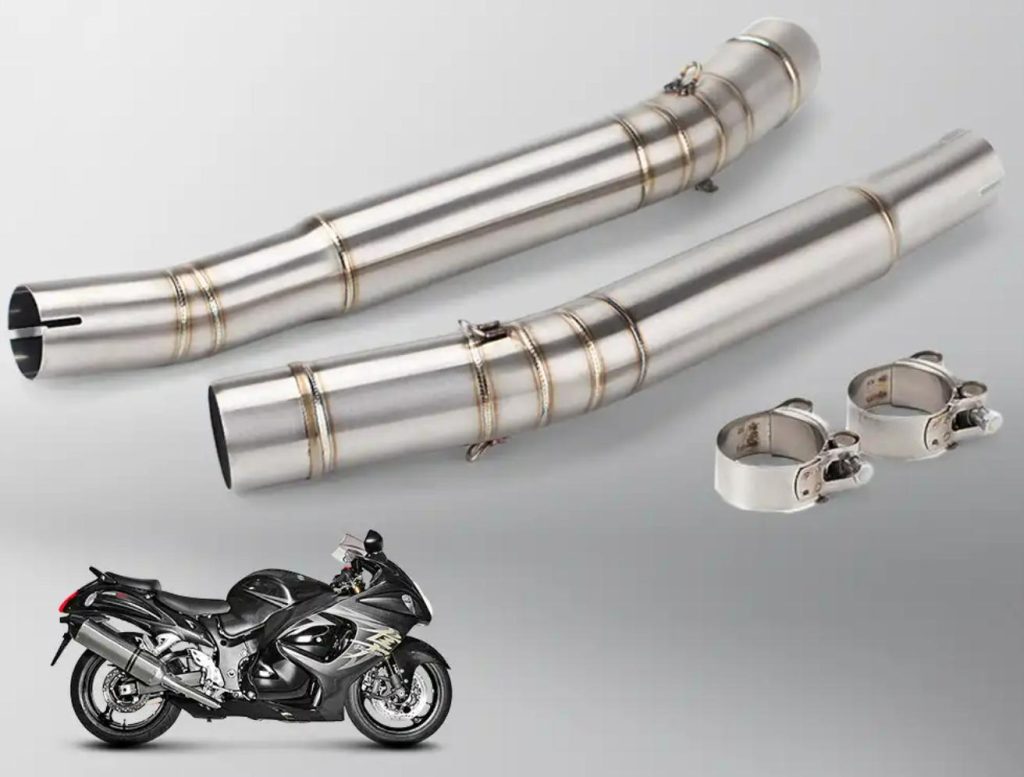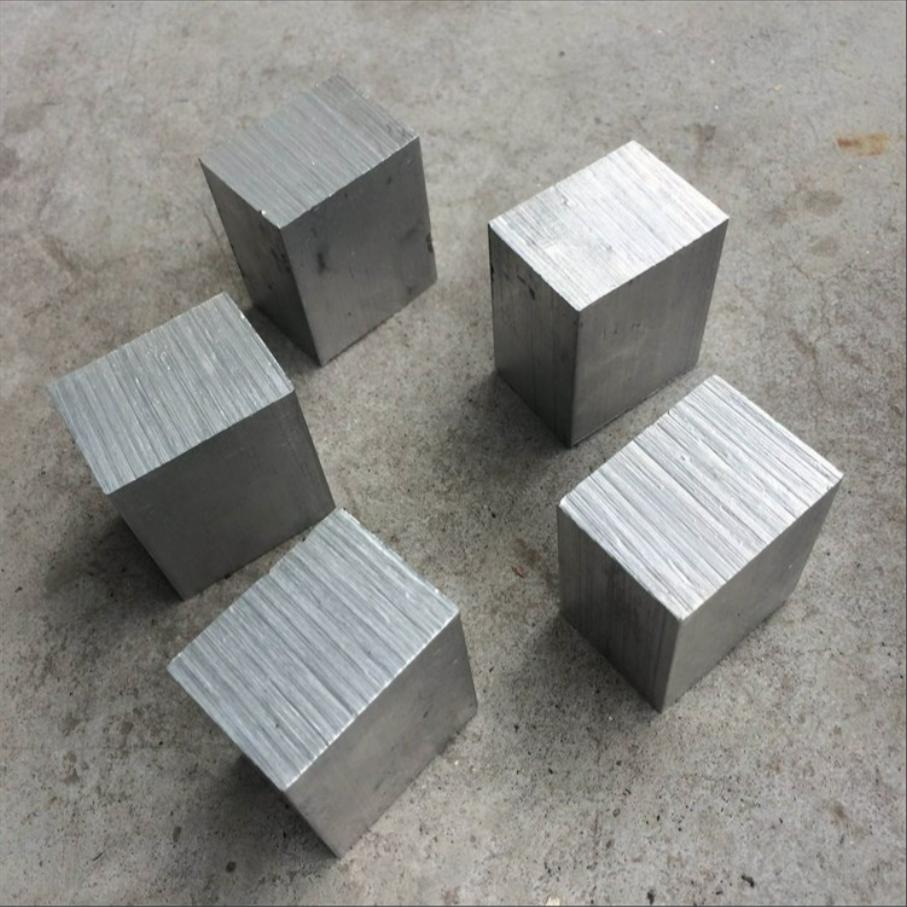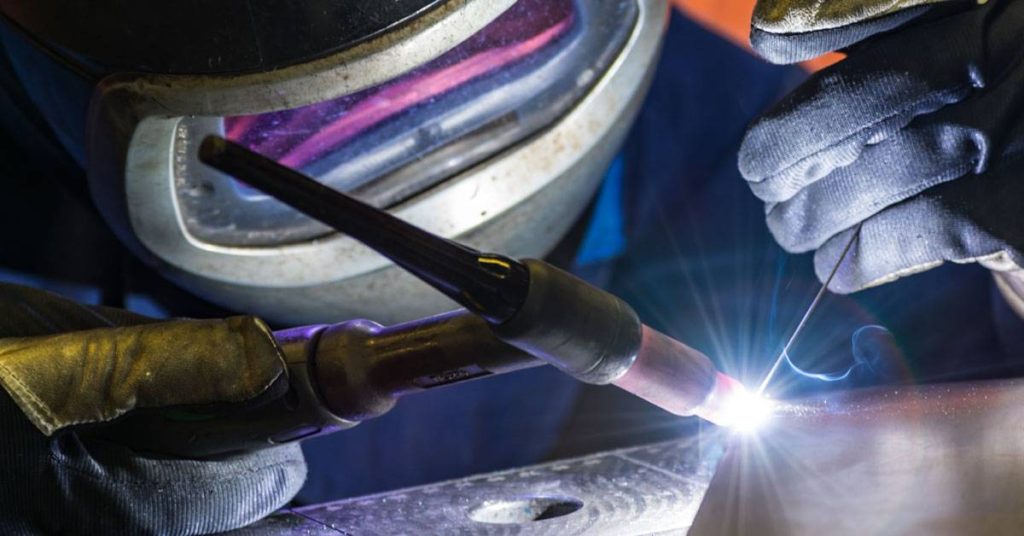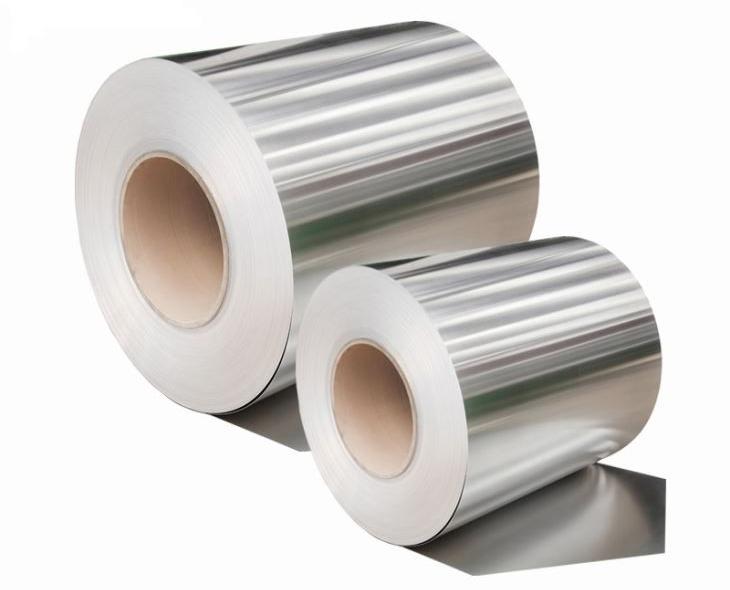Aluminum alloy 6061 stands out as one of the most versatile and widely used aluminum alloys in the engineering world. Its exceptional combination of strength, corrosion resistance, machinability, and weldability makes it a prime choice for a vast array of applications, particularly those demanding high structural integrity and reliability under stress. From aerospace components to automotive parts and structural frameworks, 6061 aluminum bars have proven their mettle time and again. This article explores why these aluminum bars are reliable, their material properties, their role in high-stress environments, and the current market dynamics.
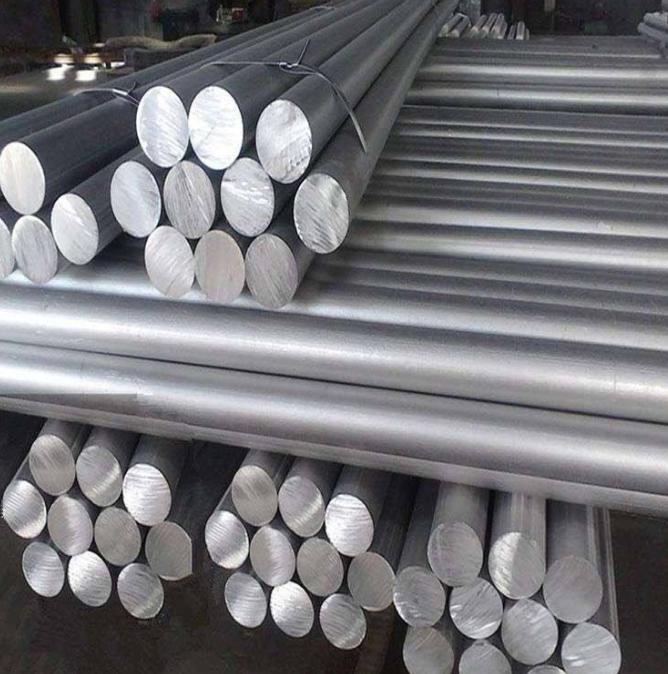
Why Is It Reliable?
The reliability of 6061 aluminum bars lies in their well-balanced chemical composition and outstanding mechanical and physical properties. This alloy is designed to meet stringent industrial requirements while maintaining ease of machinability and corrosion resistance.
Chemical Composition and Material Properties
6061 aluminum is classified as a precipitation-hardened aluminum alloy. Its primary alloying elements include:
- Magnesium (0.8-1.2%): Enhances strength and corrosion resistance.
- Silicon (0.4-0.8%): Contributes to increased strength and reduced melting temperature.
- Other Elements: Chromium, copper, iron, and trace amounts of manganese add durability and weldability.
This balanced composition ensures that 6061 aluminum bars perform consistently under various conditions, making them an excellent choice for diverse applications.
Mechanical Properties and Physical Properties
6061 aluminum bars exhibit exceptional mechanical properties, such as high tensile strength and resistance to fatigue, making them suitable for high-stress environments.
Here are the physical properties of 6061 aluminum bars in the T6 heat treatment state:
| Property | Value | Unit | Description |
| Density | 2.7 | g/cm³ | Lightweight property suitable for aerospace and automotive industries. |
| Thermal Conductivity | ~167 | W/m·K | High thermal conductivity makes it effective for heat dissipation applications. |
| Electrical Conductivity | ~40 | % IACS | Moderate conductivity, useful in electrical and electronic applications. |
| Coefficient of Thermal Expansion | 23.6 | µm/m·K | Indicates the degree of expansion with temperature changes, suitable for precision applications. |
| Elastic Modulus | 68.9 | GPa | High stiffness ensures resistance to deformation under load. |
| Melting Point | 582–652 | °C | Broad melting range due to alloy composition. |
The mechanical properties of 6061 aluminum bars are highly dependent on the specific heat treatment applied. The most common temper designations include T6 and T4. T6 temper involves solution heat-treating followed by artificial aging, resulting in the highest strength. T4 temper involves solution heat-treating and natural aging, yielding lower strength but higher formability.
| Condition | Compressive Strength (MPa) | Applications |
| T4 | ∼150 | Automotive components, moderate stress applications |
| T6 | ∼276 | Aerospace structures, high-stress engineering |
| T651 | ∼310 | Precision machining, aerospace and defense |
| O | ∼83 | Custom machining, decorative applications |
The T651 tempering process, which involves solution heat treatment, stress relief stretching, and artificial aging, further enhances the material’s strength and dimensional stability. This makes T651 an optimal choice for precision machining and applications requiring consistent performance under high loads.
Additionally, this alloy’s density (2.7 g/cm³) and thermal conductivity (∼167 W/m·K) make it a lightweight yet efficient material for heat dissipation.
In conclusion, the unique blend of chemical and mechanical properties solidifies 6061 aluminum’s reputation as a reliable material for high-stress applications.
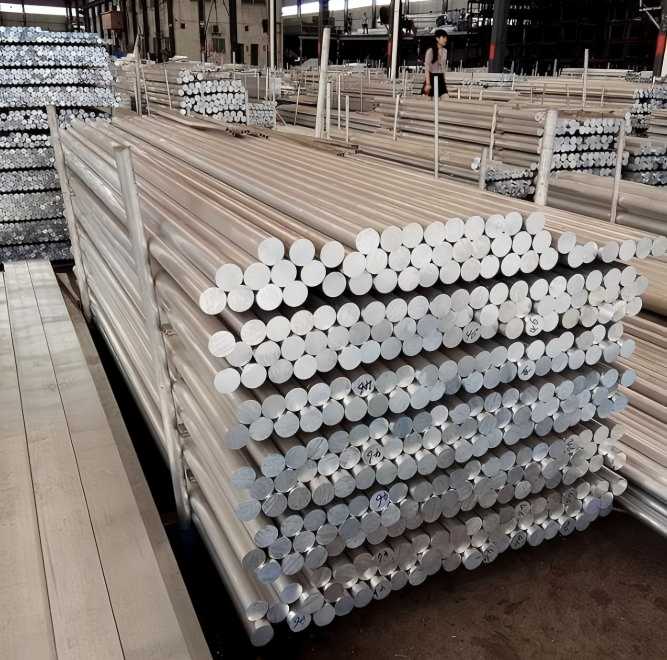
What are the Specific Applications of 6061 Aluminum Bars?
The balanced properties and processing flexibility of 6061 aluminum bars have led to their extensive use in numerous high-stress applications across various industries. Here are some specific examples:
- Aerospace: In the aerospace industry, where high strength-to-weight ratio and reliability are paramount, 6061 aluminum is widely used for structural components such as aircraft fuselages, wing structures, and control surfaces. Its corrosion resistance is also crucial for withstanding the harsh atmospheric conditions encountered by aircraft. For instance, certain internal frame structures and seat supports in commercial airplanes are often made from 6061 aluminum extrusions or machined parts.
- Automotive: The automotive sector utilizes 6061 aluminum for various high-stress parts where weight reduction contributes to fuel efficiency and performance. Examples include suspension components like control arms and knuckles, chassis parts, and even some body panels. The material’s good machinability allows for the production of complex shapes with precise dimensions required for these critical components.
- Marine: In marine environments, the excellent corrosion resistance of 6061 aluminum, especially when anodized, makes it ideal for boat hulls, deck hardware, and structural supports that are constantly exposed to saltwater. Its strength ensures the integrity of these components under the stresses of wave action and varying loads.
- Bicycle Frames: High-performance bicycle frames are frequently constructed from 6061 aluminum tubing. The material offers a good balance of strength, stiffness, and weight, contributing to an efficient and durable ride. Extruded 6061 aluminum tubes can be formed into complex frame geometries and welded together to create lightweight yet robust structures.
- Structural Applications: In construction and infrastructure, 6061 aluminum extrusions and bars are used for structural framing, scaffolding, and architectural elements. Its strength and corrosion resistance ensure long-term stability and minimal maintenance, even in outdoor and exposed environments.
- Sporting Goods: Beyond bicycle frames, 6061 aluminum finds applications in other sporting equipment that demand high strength and low weight, such as baseball bats, lacrosse sticks, and hiking poles. Its ability to withstand impact and repeated stress makes it a suitable material for these demanding uses.
- Hydraulic and Pneumatic Components: The machinability and strength of 6061 aluminum make it suitable for manufacturing components for hydraulic and pneumatic systems, such as cylinders, valve bodies, and fittings that need to withstand high pressures.
These examples illustrate the diverse range of high-stress applications where 6061 aluminum bars are currently employed. Its combination of favorable mechanical properties, corrosion resistance, and processing versatility makes it a reliable choice across numerous industries requiring durable and lightweight materials.

Market Supply and Demand Dynamics of 6061 Aluminum Bars
As of April 2025, the price of 6061 aluminum is influenced by various factors, including global supply and demand dynamics, energy costs, and geopolitical developments. Here’s an overview of the current market situation:
Global Aluminum Price Trends
According to Goldman Sachs, aluminum prices are expected to average around $2,300 per metric ton by December 2025, down from an earlier forecast of $2,650 per ton. This revision is attributed to a projected global aluminum market surplus of 580,000 tons, influenced by weaker global economic growth and increased tariffs.
In contrast, Bank of America forecasts that aluminum prices could climb to $3,000 per ton by 2025, citing a significant slowdown in supply growth. The bank predicts that the year-on-year growth rate of global aluminum supply will only be 1.3%, much lower than the average annual supply growth rate of 3.7% over the past decade.
Regional Price Variations
Aluminum prices can vary significantly across different regions due to factors such as local demand, production costs, and trade policies. Here’s a snapshot of current aluminum prices in various countries:
| Country/Region | Price Range (USD/ton) | Notes |
| United States | $2,800 – $3,200 | Prices influenced by domestic demand and tariffs. |
| China | $2,500 – $2,900 | Competitive pricing due to large-scale production. |
| Germany | $3,000 – $3,500 | Higher prices reflecting energy costs and environmental regulations. |
| India | $2,200 – $2,600 | Lower prices driven by cost-effective production methods. |
| Japan | $3,100 – $3,400 | Prices impacted by import reliance and quality standards. |
Supplier Recommendations
When sourcing 6061 aluminum, it’s essential to consider reputable suppliers known for quality and reliability. Here are some recommended suppliers:
- United States: Alcoa, Kaiser Aluminum
- China: CHAL Aluminium, Henan Huawei Aluminum
- Germany: Hydro Extrusions, AMCO Metall
- India: Hindalco Industries, Jindal Aluminium
- Japan: UACJ Corporation, Kobe Steel
These suppliers are recognized for their consistent product quality and adherence to international standards, making them reliable choices for procuring 6061 aluminum bars.
Please note that prices are subject to change based on market conditions, and it’s advisable to consult with suppliers directly for the most current pricing and availability.


